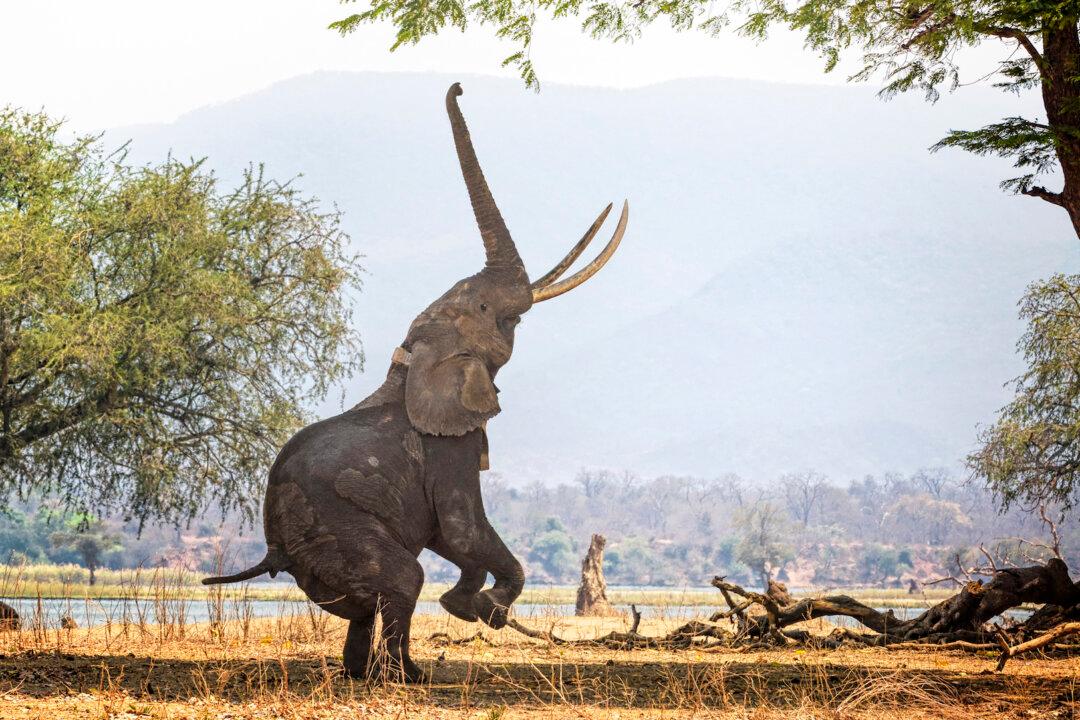From the plane, it looks like smoke from a large fire in the distance. But as you get closer, you can see a giant crack in the earth releasing a cloud of spray that rises high into the sky.
This is Mosi-oa-Tunya (The Smoke that Thunders), widely known as Victoria Falls, one of Africa’s most iconic places and a U.N. Education, Science, and Cultural Organization World Heritage Site. The falls lie on the border of Zimbabwe and Zambia, where the Zambezi River widens to more than a mile and, like a curtain, its waters tumble over the long edge into a gorge as deep as 360 feet. The mists rush up out of the abyss soaking admirers. The water flows from the Zambia side, so the best waterfall views come from Zimbabwe.





